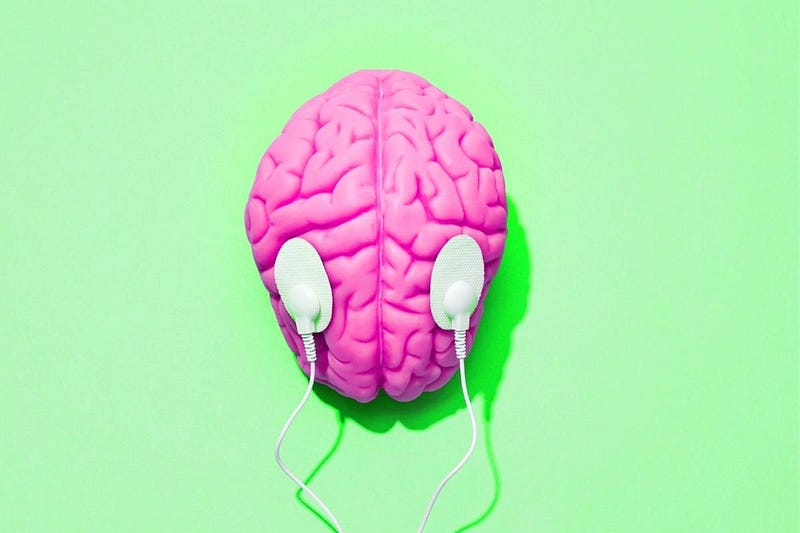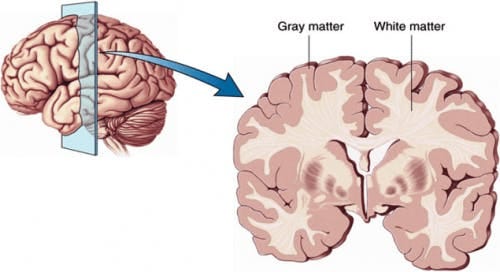How you can change your habits for good.

Which parts of your identity do you believe to be fixed?
The older we get, the more we tend to see our thoughts and actions as predetermined.
I’m a procrastinator. I can’t lose weight. I’m not a runner. That’s just how I am.
But nothing could be further from the truth. Your brain’s neuronal structure isn’t fixed once you cross a certain age.
No matter how long you’ve been telling yourself you can’t — you can always unlearn, relearn, and, as a result, change.
In recent years, researchers have better understood how our brains work. You’ll understand the science behind it and how you can change for good.
The Reason Why You Can Always Change
Neuroplasticity is your brain’s ability to change throughout life based on what you think, do, and experience.
“When you think or do something repeatedly, your brain actually changes its physical structure,” Shad Helmstetter writes in ‘The Power of Neuroplasticity.’
New thoughts and skills carve out new neural pathways. Every time you think, feel, or do something, you strengthen this pathway, and that’s how you form a habit. In other words: learning rewires your brain.
Traditionally, research associated brain plasticity with childhood. But now, it’s generally accepted that adults brains change as a result of learning.
But what exactly changes when you learn?
In a recent study, neuroscientists used magnetic resonance imaging to observe the brain’s structure while learning.
Your brain consists of gray and white matter. It’s white because it contains billions of axons that are coated with a fatty substance called myelin.

These myelin-coated axons play a critical role in learning: they connect the neurons in the gray matter into circuits. The myelin works like electrical insulation and, as researchers write, boosts the speed of transmission by 50 to 100 times.
Hence, myelin (the fatty white substance around the axons) is a critical factor for learning as it determines your brain’s information transmission speed. Myelin makes signals faster, stronger, and more precise.
And here’s where learning and practice come into play: Every time you repeat a practice, the myelin layer thickens. The more you practice a specific skill, the better insulated the circuit becomes. In return, your thoughts and behaviour become faster and more precise.
The authors of ‘Make it Stick’, one of my favourite education science books, write: “The thickness of the myelin coating correlates with ability, and research strongly suggests that increased practice builds greater myelin along the related pathways, improving the strength and speed of the electrical signals and, as a result, performance.”
How to Change Your Self-Beliefs Habits
Your brain’s innate ability to adapt enables change. Yet, before you dive into the self-help part of this piece, keep in mind that you are magnificent without self-optimization.
You can live a happy, fulfilled life without running a marathon, meditating every morning, or climbing up a corporate ladder.
Many of us constantly fight an inner battle between how we are and how we would want to be. Political scientist Minna Salami sees the root in our conditioning: “It is a tenet of Europatriarchal Knowledge that nonmales, nonwhites, and nonelites live lives of constant dissatisfaction.”
Before you focus on identity or habit change, ask yourself why you think the goal is worth pursuing. Is it because of your own wants or because of societies expectations?
Don’t use self-improvement to live up to societies expectations.
If you still want to develop the habit, the following can help. I applied the strategies to write and publish consistently, meditate almost every morning for six years, and spend an average then less than 1 hour on my phone.
1) Be Clear About Your Why
Why do you want to attain the specific habit? What will change as a result? Write your reason(s) on a piece of paper and place it at a place you look at every day.
When I started meditating, I wrote down, “I meditate every day because I want my mind to experience life with clarity and presence.” I placed the note next to my bed so I would see it every day when I woke up.
2) Make it Incredibly Easy to Start With
No matter how big your habit, start thinking small. When you start building a new habit, focus on micro-steps.
“Make it easy to start, and the rest will follow,” James Clear writes, “you have to standardize before you can optimize.”
The more you internalize the beginning of a process, the likelier you are to show up consistently. The goal is to make it so easy you can’t say no.
- Run five miles → tie your running shoes and go for a walk
- Eat healthy → google one new recipe and add items to your grocery list
- Become a writer → write down one idea and a potential headline for it
3) Build a Habit Stack
Tie the new habit you want to form an existing habit you already have.
Every morning, after I brush my teeth, I drink a glass of water. When I started meditating, I decided to combine the existing habit with a new one: “After drinking a glass of water, I sit down on my meditation pillow.”
4) Utilize Your Physical Environment
Prepare whatever you need for making your habit. Pack your gym bag and place it next to your door.
When I started building a writing habit, I ensured to put my phone into flight mode and away from my desk and bed the evening before. I wanted to start writing with a clear mind. I closed all tabs on my computer and opened nothing but my idea board.
Removing friction for starting your habit can help you dive right into it.
5) Be Kind to Yourself
Reward yourself when you’ve met a specific streak, but also be kind to yourself when you miss a day.
The best athletes make mistakes just like we do. But they get back on track as fast as possible.
James Clear writes: “Research has shown that missing your habit once, no matter when it occurs, has no measurable impact on your long-term progress. Rather than trying to be perfect, abandon your all-or-nothing mentality.”
Don’t expect to fail, but make a plan for failure. What can you learn from it? How will you get yourself back on track?
Building self-efficacy through being consistent is more important than the intensity of your habit.
In Conclusion
The most important lesson to remember is: whatever you do repetitively has a lasting effect on your brain. If you want to manifest new thought patterns or habits, don’t quit too early. Your brain needs repetition to coat neurons with myelin.
Practice until your new neuronal pathways replace the old. You will soon realize your brain never stops changing in response to learning.
If you want to change, you can change. But keep in mind that whether you build new habits or not — you’re enough by just being.
Take genuine pleasure in being alive.
Want to feel inspired and improve your learning?
Subscribe free to The Learn Letter. I read a book and 50 articles a week, and each Wednesday, you’ll receive the best in your inbox. This newsletter will make you find tools and resources that help you on your path to health, wealth, and wisdom.